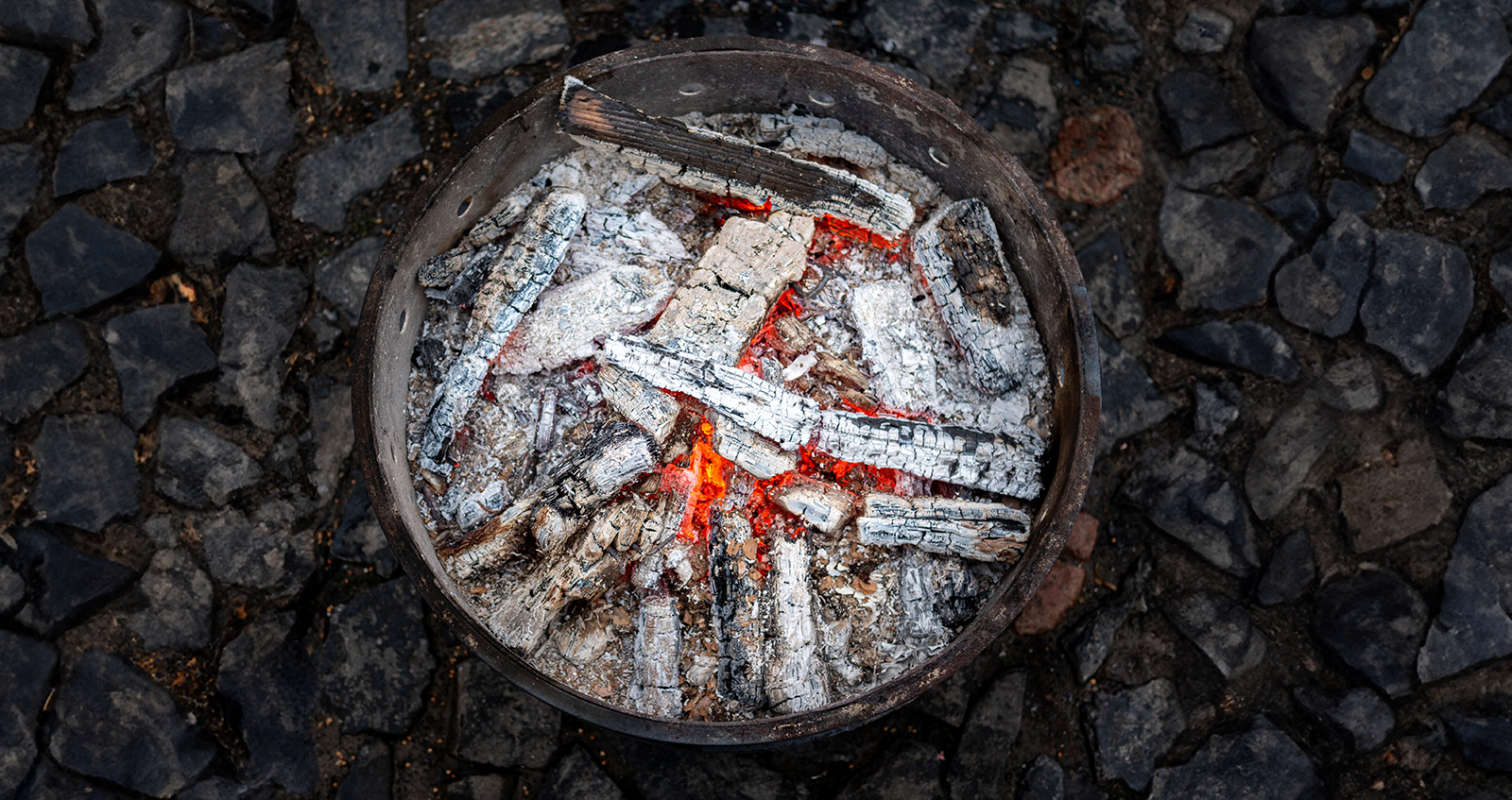
If you’re one of the many Canadians who rely on a woodstove to heat your cottage or home, you might be surprised to learn that the wood ash you’re throwing away could be the key to restoring our forests, protecting lakes, and even combating climate change.
At Baumgartner Realty Group, we know the Haliburton Highlands and other parts of cottage country are beloved not only for their natural beauty but also for the peace of mind they bring. That’s why we, along with the CHA, are encouraging local property owners to embrace sustainable practices—starting with something as simple as how you handle your fireplace ash.
Why Are Our Trees in Trouble?
Thanks to decades of acid rain, soils across Ontario’s cottage country have been severely depleted of calcium, an essential nutrient for healthy trees. Without it, forests struggle to grow, support wildlife, and protect watersheds.
Most of our trees are currently growing in calcium-deficient conditions. The result? Slower growth, weaker resistance to storms, and increased vulnerability to disease and fire—especially dangerous in recreational areas like Haliburton.
But there’s a surprisingly simple solution sitting in many homes already: wood ash.
The Benefits of Spreading Wood Ash on Your Property
If you're heating your cottage with a woodstove or fireplace, you're already producing a valuable resource. Clean, natural wood ash contains high levels of calcium carbonate, which can reverse soil depletion and directly benefit surrounding trees.
Here’s what the CHA and Baumgartner Realty Group want cottage owners to know:
✔️ Healthier, Faster-Growing Trees
Restoring calcium helps trees grow stronger and more quickly, improving overall forest density and vitality.
✔️ Increased Carbon Removal
Healthier trees are better at capturing carbon from the air, which contributes to climate change mitigation.
✔️ Reduced Spring Flooding
Ash-enhanced trees improve transpiration, potentially helping control the runoff and flooding many properties experience in spring.
✔️ Improved Resistance to Storms and Fire
Ash-treated trees are less likely to become weak or die prematurely, reducing the amount of deadfall fuel on the forest floor—a major concern in wildfire-prone seasons.
✔️ Huge Environmental Potential
If wood ash were applied across all forests in Eastern Canada, it would deliver the climate impact of planting 1 billion trees, according to FOTMW research.
How Much Ash Do You Need?
It doesn’t take much to make an impact. Just one 750g container (the size of a typical yogurt tub) of clean ash will restore the calcium in one square metre of land. That equates to four tonnes per hectare—a small action with massive results.
CHA and BRG’s Tips for Safely Spreading Wood Ash
Before you start spreading ash on your cottage property, follow these safety guidelines backed by the CHA, Baumgartner Realty Group, and environmental organizations like FOTMW.
✅ Only Use Clean Ash
Burn only untreated, natural wood. Never burn or use ash from:
• Pressure-treated lumber
• Painted or stained wood
• Plywood, chipboard, or glued materials
• Plastic, metal foil, or household garbage
Toxins from these sources can contaminate your soil and harm local ecosystems.
✅ Let Ash Cool Completely
Ash stays hot for days. Wait at least 72 hours after your last fire before handling. Hot ash can ignite forest fires or damage property.
✅ Rake and Sift the Ash
Ensure the ash is free from nails, staples, or other non-combustibles before applying it to your land.
✅ Keep It Dry Until Use
Store ash in a sealed, fireproof container until you’re ready to spread. Moist ash can clump and become difficult to apply evenly.
✅ Protect Yourself
Wear gloves, a dust mask, and long clothing to avoid irritation during spreading.
✅ Apply in the Right Place
Spread ash in wooded areas, gardens, or around the base of trees. Choose spots where children and pets won’t have immediate access for a few days.
✅ Apply Once—That’s Enough
According to FOTMW research, one application is sufficient for 50 years. No need to reapply annually.
Best Time to Apply Wood Ash
Spring, summer, and fall are all suitable times—just avoid spreading ash on snow, steep slopes, or near open water sources.
No Trees on Your Property? Spread the Word
Not every property has trees, but every property owner can help. Offer your clean ash to neighbors or local conservation groups. Small contributions from many cottagers can lead to meaningful regional change.
Why This Matters for Cottage Owners
As a cottage owner, you're already a steward of the land. Whether you're gathering around the fire in the winter or spending your summers by the lake, your connection to nature is part of what makes life in Haliburton and surrounding regions so special.
That’s why Baumgartner Realty Group and the CHA advocate for sustainable land ownership practices that help preserve this lifestyle for future generations.
If you're maintaining a woodstove, consider this:
• You're already generating ash
• You can repurpose it for good
• You’ll be improving the property for both ecological health and long-term real estate value
Restoring soil calcium not only supports local biodiversity—it enhances the resilience and market appeal of your land.
Real Estate Meets Responsibility
At Baumgartner Realty Group, we’re committed to helping you buy and sell cottages, seasonal homes, and recreational properties in ways that align with environmental best practices. From recommending WETT-certified inspections for wood-burning appliances to guiding you on forest-friendly property stewardship, our team is with you every step of the way.
Ask us how to make your property part of the solution—not the problem.
Final Thoughts: Your Cottage. Your Forest. Your Responsibility.
It’s easy to think of wood ash as a waste product. But in reality, it’s one of the most accessible, natural tools we have to repair decades of environmental damage. With just a little effort, you can turn your cozy winter fires into a legacy of forest health, resilience, and climate action.
Don’t kiss your ash goodbye—spread it with purpose.

